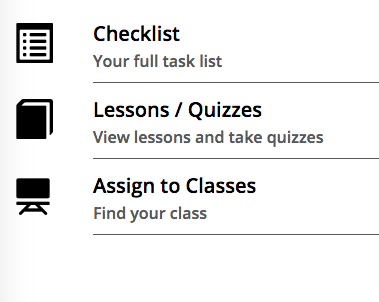Moving Beyond Reach, Match, Safety in College Admissions

In the world of college admissions, the Reach, Match, Safety framework has long been a guiding principle for students navigating the complexities of applying to higher education institutions. This model categorizes schools into three tiers based on the likelihood of admission, often focusing primarily on statistical metrics like test scores and GPA. However, as we look at individual student needs and the diverse landscape of higher education, it is clear that this approach does not serve students well. In fact, it can often lead to a disempowering experience, steering students away from making informed decisions that align with their unique aspirations and circumstances.
The Limitations of Reach, Match, Safety
The Reach, Match, Safety paradigm is rooted in the idea of categorizing colleges based on statistical probability. Under this model, "Reach" schools are highly selective institutions where admission is considered a long shot; "Match" schools are those where a student's academic profile fits well within the average range of admitted students; and "Safety" schools are seen as certain admits, offering a higher likelihood of acceptance.
While this framework can offer a starting point for students to structure their application strategy, it often overlooks critical aspects of the college search process. By focusing primarily on acceptance rates and standardized test scores, it diminishes the importance of fit—both academically and culturally—for individual students. This can lead to a distorted view of college choices, where students prioritize prestige and admission likelihood over factors that truly matter for their personal and academic growth.
.png?width=1024&height=768&name=Reach%2c%20Match%2c%20Safety%20vs.%20Fit%20%26%20Values%20(1).png)
The Need for a Shift: Empowering Student Agency
To empower students in making well-informed college decisions, we need to move away from the Reach, Match, Safety mindset towards a more holistic approach that prioritizes student agency and fit. Here are key considerations for this shift:
- Focus on Fit and Values
Instead of fixating solely on admission probability, students should explore colleges that align with their academic interests, career aspirations, and personal values. This requires a deeper exploration of each institution's unique offerings, including academic programs, campus culture, extracurricular opportunities, and support services.
- Embrace a Growth Mindset
Encourage students to view the college search process as an opportunity for growth and exploration, rather than a numbers game. This means looking beyond rankings and prestige to discover colleges that foster intellectual curiosity, innovation, and personal development.
- Holistic Evaluation
Just as colleges should adopt a more holistic approach to admissions that considers the whole student, so should the students in evaluating a college. Only organizing colleges based on Reach, Match, and Safety is just as limiting as colleges only considering test scores and GPAs- great schools can be easily overlooked just because a student arbitrarily labels it as a “Safety” though it might be need their academic and personal needs perfectly. Students should evaluate each college based on how that college matches who they are and their personal and professional goals.
- Empowerment through Information
Students should be equipped with comprehensive resources and tools to navigate the college search process independently. This includes access to unbiased information, virtual campus tours, student testimonials, and financial aid calculators to make informed decisions. Both students and parents need to consider blind spots, or areas of each college that they are willing to overlook simply because it’s a either a Reach, Match, or Safety.
Empowering Student Voices
Ultimately, the goal of reimagining how we talk about college admissions is to amplify student voices and empower them to take charge of their educational journey. By shifting the focus from arbitrary categories to personalized fit and values, we can foster a college culture that celebrates diversity, equity, and inclusion.
Conclusion: A Path Forward
Moving beyond the Reach, Match, Safety paradigm is not about discarding practical considerations but rather reframing them within a broader context of student empowerment and individualized choice. It's time to prioritize fit, values, and student agency in college admissions, ensuring that every student finds a college where they can thrive and grow.
As we navigate the future of higher education, let us commit to creating a college admissions process that puts students first—a process that celebrates their uniqueness and aspirations, paving the way for meaningful educational experiences and lifelong success.

Dr. Amanda Sterk
Dr. Amanda Sterk is the Director of College and Career Advising at Method Learning. Dr. Sterk has guided thousands of students through academic planning, career exploration, and applying and succeeding in college admissions and scholarships. She is co-author of the nationally recognized college admissions workbook, College UnMazed: Your Guide to Navigate the High School to College Maze. Dr. Sterk graduated with her Bachelors in Education from the University of Northern Iowa, Masters in Counseling from Drake University, and Doctorate in Educational Leadership from Creighton University.


